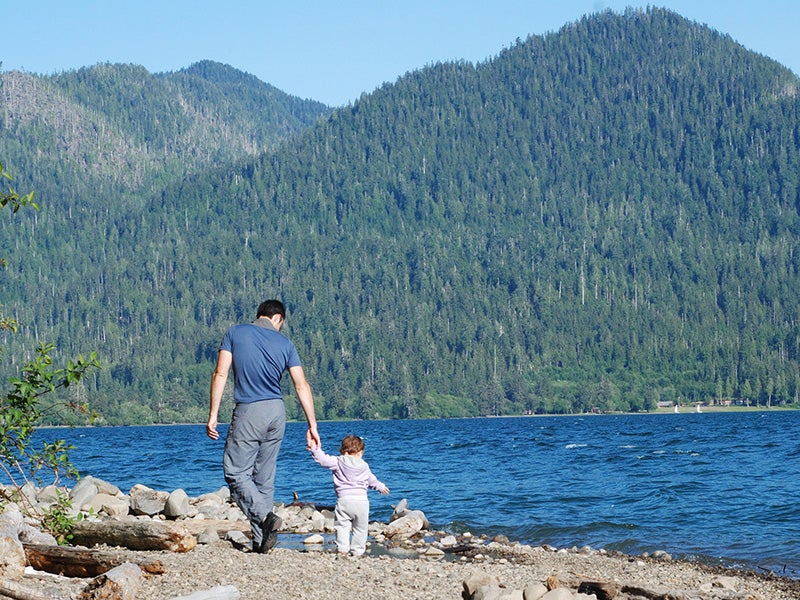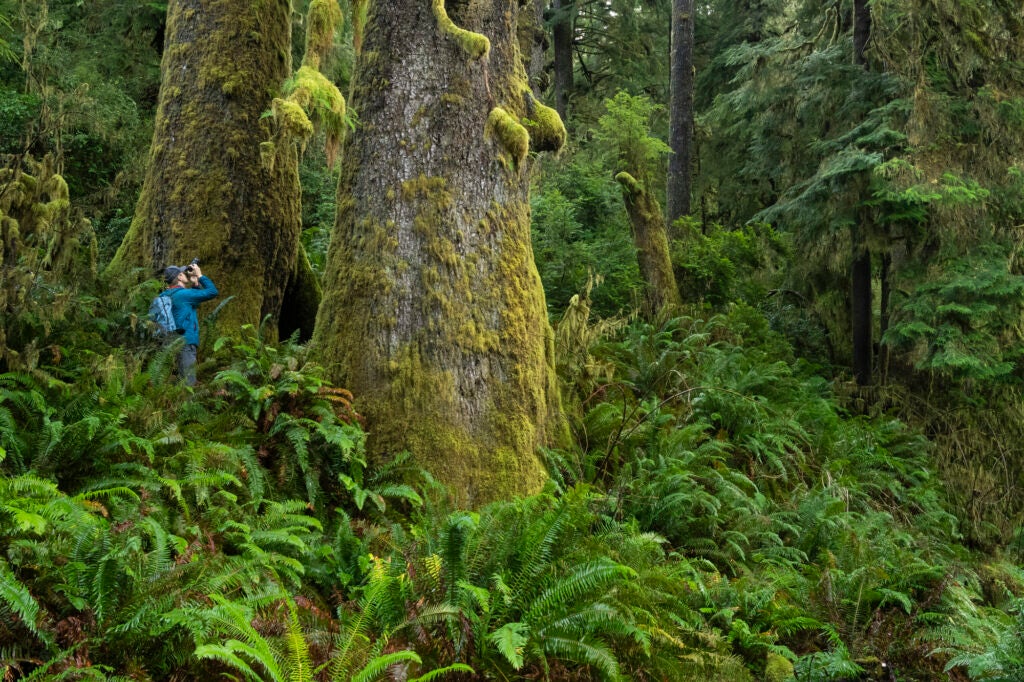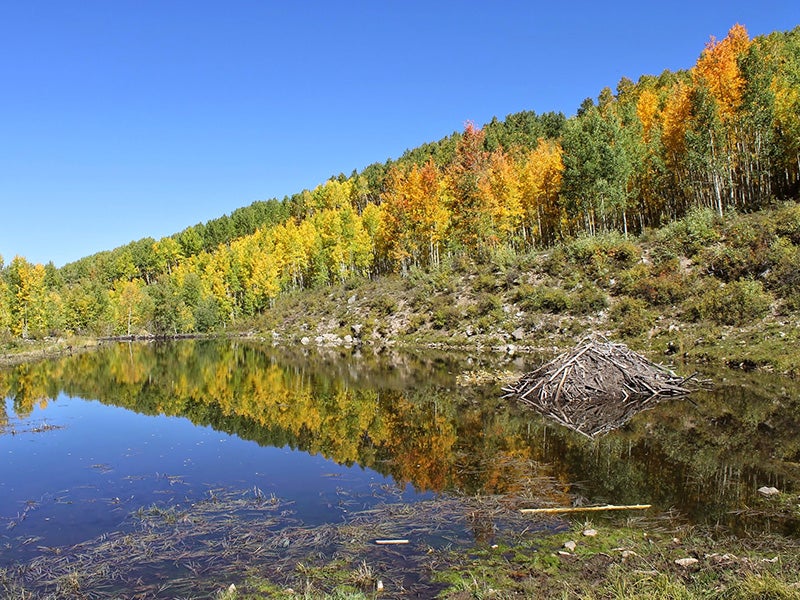Defending the Roadless Rule
The Roadless Rule protects nearly 50 million acres of wild forests in the U.S. from logging and new logging roads. These protected national forest lands provide clean drinking water for 60 million people.
Case Overview
Covering about a third of our national forests, the 2001 Roadless Area Conservation Rule protects “large, relatively undisturbed landscapes” from damaging new roads and clear-cuts in intact forests. Other economic development, including tourism projects, is permitted. The protected areas provide vital habitat for 1,500 wildlife species—and drinking water supplies for 60 million Americans.
The Roadless Rule was the product of the most comprehensive rulemaking process in the nation’s history, including more than two million comments from members of the public, hundreds of public hearings and open houses, and a detailed environmental review.
Part of the overwhelming public support for the Roadless Rule (resulting from more than 600 public hearings around the nation and more than 1.6 million public comments) stems from the fact that it balances important protections with commonsense exemptions for roads for communities, hydropower and utility corridors, and mining (among others).
The Rule came under relentless attack by logging and resource extraction interests, a few conservative state governments and the Bush administration. Yet, despite those powerful foes and in the face of very long odds, Earthjustice and its allies have prevailed over the years in defending the Rule.
<!–
The Roadless Area Conservation Rule, which protects 58.5 million acres of national forest land, was repealed by the Bush adminstration, and in May 2005, replaced by a state-by-state petition process.
In September 2006, Judge Elizabeth Laporte in San Francisco declared the petitions rule illegal and reinstated the Roadless Rule nationwide, except for the Tongass National Forest in Alaska. Two years later, Judge Brimmer reissued his moratorium declaring the Roadless Rule illegal throughout the country. But the following year, the Ninth Circuit Court of Appeals affirmed protection for over 40 million acres of wild national forests and grasslands from new road building, logging, and development.
On October 21, 2011, the Tenth Circuit Court of Appeals reversed the Wyoming district court, upholding the Roadless Rule and vacating the prior injunction.
–>

Case Updates
Case page created on August 12, 2008.

